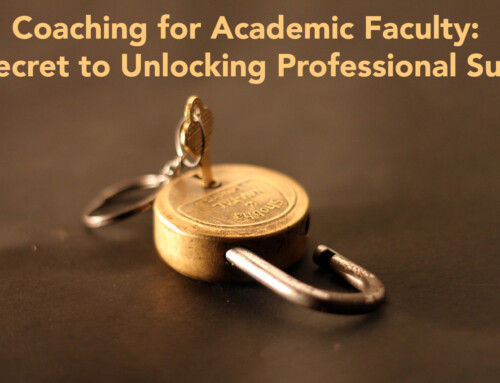
I recently re-read a book “Made to Stick” by Chip Heath and Dan Heath which discusses why some ideas stick and others are completely forgettable. The concepts discussed have helped me design lectures.
Here’s something that I have incorporated into my talks: Memorable ideas share common attributes, which can be summarized by the acronym SUCCESs.
S imple
- This is always a good rule in presentations. This is the KISS concept – Keep It Simple, Stupid. You want to core down your speaking points without losing your message.
- Avoid information overload.
U nexpectedness
- For scientific presentations, it’s hard to build surprise into your talk. So, I subtly aim to challenge what they know and potentially don’t know.
- Start the talk by framing the problem. Find the knowledge gap and talk about why your teaching points are important.
- Several of my talks start with a case and ask the audience what they think the answers are. When I see audience members pointing fingers at the screen and hear soft discussions, I know that I’ve hook some. I share the answers to the case at the end of the talk.
C oncrete
- Speak using concrete terms and examples.
- Avoid fancy science-speak, if possible.
- Avoid abstractions.
C redible
- While citing references and lots of numbers can lend you credibility, beware of overwhelming data.
- When talking numbers, spend a little extra time to discuss and frame their importance.
E motional
- Try to evoke emotion from your audience. This can be done by displaying high-resolution, iconic images.
- Audience members remember ideas and concepts better if you build an emotional connection with them.
- Scientific presentations, however, may have a hard time evoking emotion. Regardless, this is important to keep in mind.
S tories
- People tend to remember stories more than a bullet-pointed list of facts.
- When possible, display a photo or tell story to illustrate your message.
- For instance, when talking about lunate dislocations, I display a somewhat funny image of two muscular orthopedists trying to perform a closed reduction in the ED. Message: Lunate dislocations usually fail closed reduction maneuvers and should instead go the the operating room for open-reduction and internal fixation.




